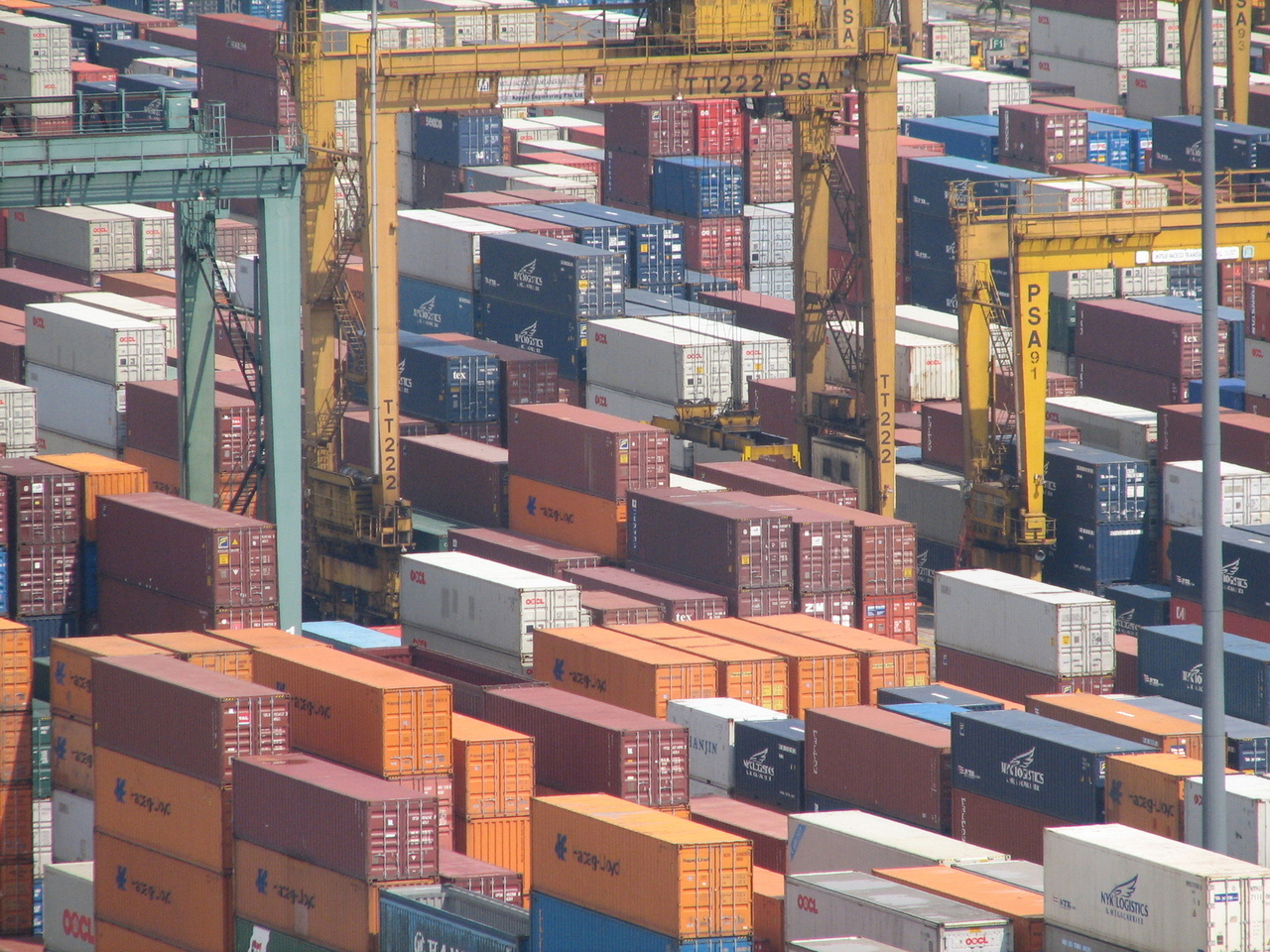Your Double 11-style, amazing global supply chain

Take a look at this monstrous, global supply chain Alibaba has put together for the Double 11 sales day. The sheer size and complexity is both mindboggling and energizing as you think through the immensity and reach of this extended supply chain.
So how can your business enable similar, amazing, extended supply chains?
The key is methodical planning, testing and communication for superior performance by following these steps:
- Determine the overall performance requirements.Don’t assume all of the partners you want to connect (or already have connected with) into this extended supply chain understand the customer’s requirements. The same customer will expect different performance from different supply chains and different events supported by the same supply chains. You have to pinpoint and enunciate what is expected for this particular supply chain. If the event is unique, then determine the expected performance for this particular event.Communicate this knowledge and the accompanying goals throughout the planning, testing, and execution stages. Filter potential partners based on their ability to meet the goals. Embed the goals in your supply chain contracts. Monitor performance throughout the planning, test, and execution stages. Adjust as required to maintain the level of customer service your customers require.
To further solidify performance expectations, create role and responsibility requirements documentation for each link of the supply chain.
- Map the extended supply chain.You need to know where your supply chain links exist and what each link brings to the value chain. You’ll also need to build in redundancy to counter supply chain risks such as port closures, weather events, transportation problems, etc.If there are supply chain links that will not be activated unless there are specific risks or issues to overcome, those links need to be brought into the value chain following the requirements in step 1.
- Test, test, and test againCustomers don’t care how complex your amazing supply chain is; they want what they want when they want it the way they want it. You have to meet that.Communicate what testing will be done and when it will be performed when you are initially putting together your extended supply chain. This eliminates supply chain members who don’t have the time or the ability to participate in the testing.
With each test, communicate the gaps to the respective supply chain links. Coordinate with the partners on capability upgrades, changes, and completion dates. Set and communicate the date for the next extended supply chain test.
Know what is good enough. Perfection never happens, but good enough can blow your customer’s socks off if it is planned and tested correctly.
- Market like crazyDon’t let all your great work go to waste – engage your markets.Let your customers, and all your potential customers, know what you can do for them. Think of your extended supply chain partners as part of your marketing team. Make sure the messaging is consistent across all of your links. Engage the customers where they are.
Now that you have a functioning, extended supply chain – use it again. Determine the gaps. Determine where growth can occur in the markets. Communicate the plan. Adjust the capabilities, capacities, performance, etc.
And as Nike says: Just Do It.
Keywords and concepts: supply chain, performance, communication, gap analysis, marketing
About the author: Cynthia Kalina-Kaminsky with Process & Strategy consults with and provides training for organizations eager to increase their competitive value by helping enable growth, align performance, make and move product (even when the product is electrons).
Comments